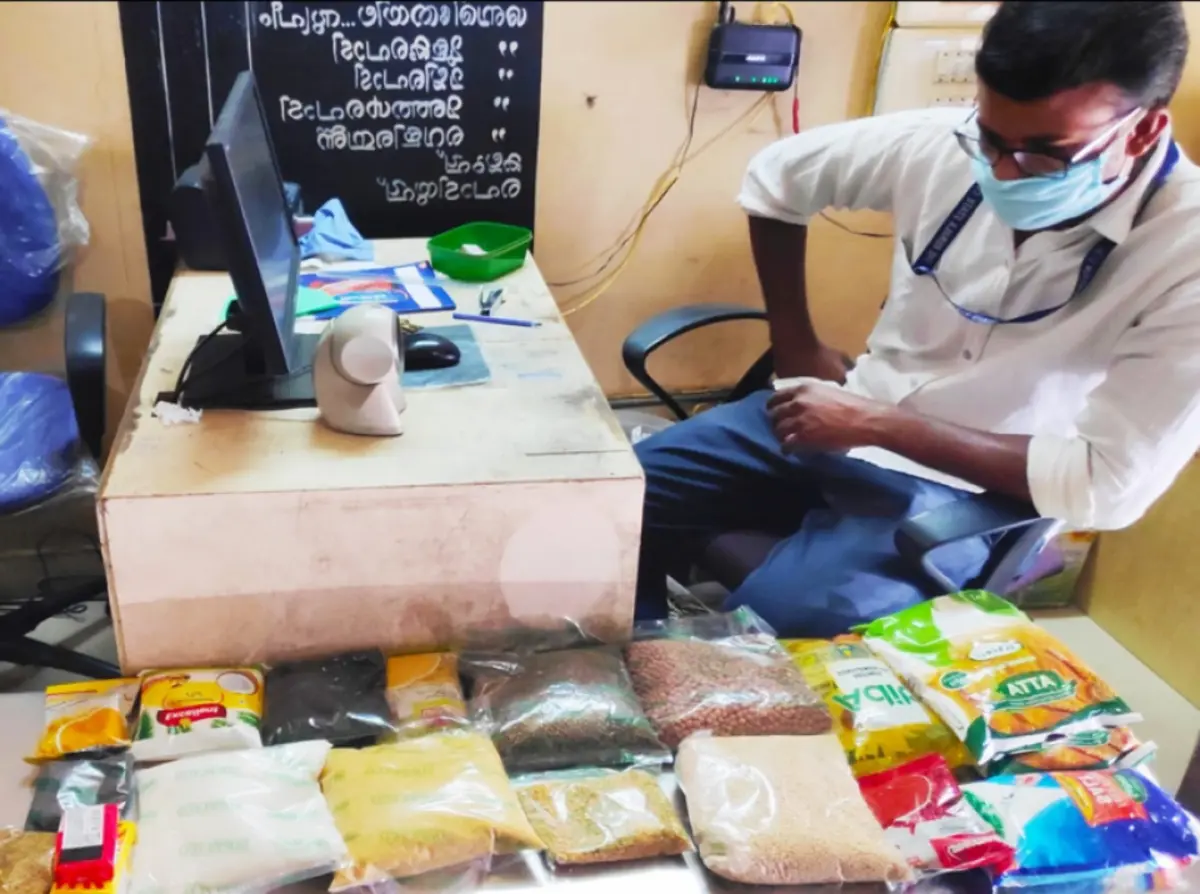The Food and Agriculture Organisation (FAO) released the Regional Overview of Food Security and Nutrition 2023, highlighting alarming statistics on India’s struggle with food affordability and nutrition during the COVID-19 pandemic and the broader 5Fs crisis.
Food Affordability in India: A Persistent Challenge
The report reveals that 74.1% of Indians couldn’t afford a healthy diet in 2021, a marginal improvement from 76.2% in 2020. In comparison, Pakistan faced a figure of 82.2%, and Bangladesh, 66.1%. Rising food costs without corresponding income growth may exacerbate these challenges.
Compounding Effect of Rising Food Costs
The report warns that simultaneous increases in food costs and decreases in income compound the issue, leading to more people unable to afford a healthy diet. The FAO report sheds light on the delicate balance needed to ensure food affordability aligns with income levels.
Regional Impact of the 5Fs Crisis
The report underscores the lingering effects of the 5Fs crisis – Food, Feed, Fuel, Fertilisers, and Finance. With 370.7 million undernourished people, the region continues to represent half of the global total. The Asia-Pacific region faces severe food insecurity, with women disproportionately affected.
Nutritional Challenges and Targets
India reports 16.6% of the population as undernourished, with implications extending beyond health. Stunting affects 31.7% of children under five, while wasting is prevalent in 18.7%. The report highlights the need to meet global nutrition targets and the associated economic and social costs.
Prevalence of Anaemia and Obesity
53% of women aged 15 to 49 in India suffer from anaemia, a significant health concern. The report emphasizes the adverse maternal and neonatal outcomes associated with anaemia. Additionally, the prevalence of obesity among adults has increased from 1.6% in 2000 to 3.9% in 2016.
Childhood Nutrition and Exclusive Breastfeeding
India has made strides in exclusive breastfeeding, with a prevalence of 63.7%, surpassing the world average. However, the country faces challenges with low birth weight (27.4%), ranking highest in the region. These findings align with the Global Hunger Index, despite earlier controversies over data interpretation.
Jotting it down?
The FAO report provides a comprehensive overview of India’s food security and nutrition landscape, emphasizing the intricate challenges exacerbated by the pandemic and the 5Fs crisis. The findings underscore the urgency of targeted interventions to address affordability, nutritional health, and meet global targets.







